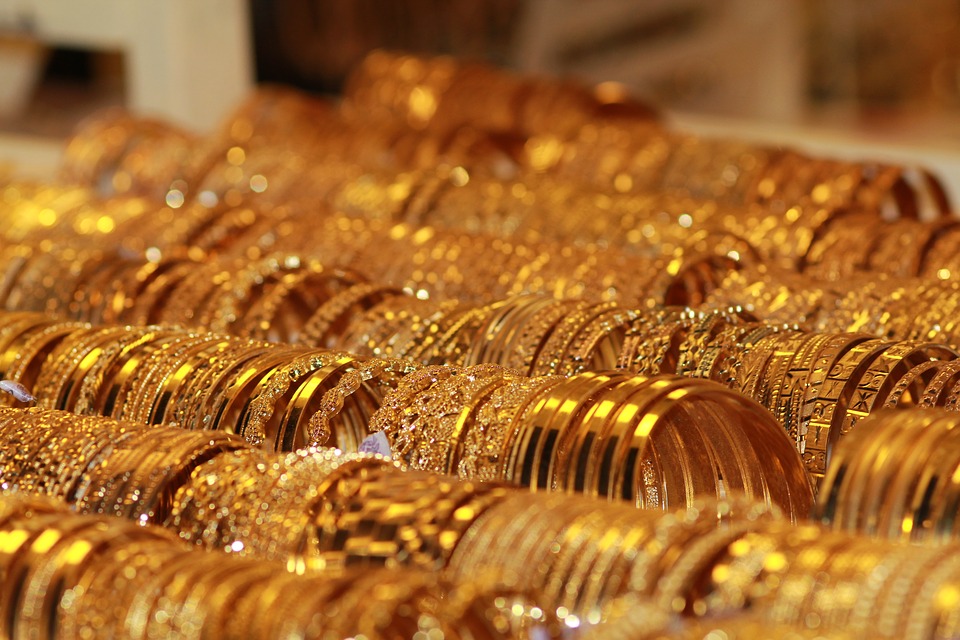Gold and Silver’s Daily Review for 26th July 2010
Gold was Fixed this morning in London at $1,189, before slipping three dollars in trade ahead of New York’s opening. The market has not reacted to the “stress test” results as these had lost their meaning to the market. It was a confidence building exercise that was treated with skepticism.
This week is the start of the last full month of the quite summer season for gold. Ahead lies gold’s busiest time of the year, after the developed world’s holidays and after the Indian harvest is brought in, in what has been the hottest year ever in the Northern Hemisphere. India had excellent monsoon rains, so prospects for a rich harvest are there. Gold buying in the sub-continent begins in late August at the commencement of the Festival season. While in the past 70% of gold buying came from the agricultural sector, the rise of a young middle-class alongside the development of India has taken the seasonality out of Indian gold buying to a large extent [where investment is the motive]. Festivals still reign in terms of ‘auspicious’ times to buy gold. Certainly the traditional ‘Doldrums’ have less impact on the gold market than in the past. Investment demand has no seasonality whatsoever and is generally considered the driving force behind gold currently.
Gold – Very Short-term
Gold is holding up well after the ‘stress test’ on European banks. The skepticism that attended them is confirmed by this firmness in the gold price.
We do feel that the gold price will still have a weaker bias today.
For more precise forecasts on a weekly basis subscribe through www.SilverForecaster.com or www.GoldForecaster.com].
Who are we? We are a newsletter that helps you to understand gold, its market and its place in the financial world. In addition we have a 95% correct record on the Gold & Silver Prices.
Silver – Very Short-term
We are impressed by the continued price firmness of silver as it holds above $18.00. With no clear direction seen so far today, we would err on the cautious side today and see a weaker bias again, despite its strong start.
The silver Fix was 16cents down at $18.01 but then recovered to trade ahead of New York at $18.12 ahead of New York’s opening.
Gold Price Drivers
Investment demand remains strong at the Fix in London and the Fix is dictating the gold price’s trading range during the day.
While the investment world is coming to terms with a future of economic sideways movements, the persistent fear of another recession remains firmly in place. We reiterate that it is the uncertainty and volatility that supports gold prices in the developed world. It is the desire of central banks to diversify some of the emerging countries foreign exchange and gold reserves into gold. Central bankers are growing more convinced of the need to hold gold in these days, so its acquisition by them will continue for the long-term, we believe.
It is relatively certain that, de-leveraging in the event of a recession may have already taken place to the extent it will. Traders and triggered stop losses, still have the power to shock, but we believe that gold’s future remains bright.
Regards,
Julian D.W. Phillips
{{ commodity.name }}
{{ post.title }}
{{ post.date }}


Comments